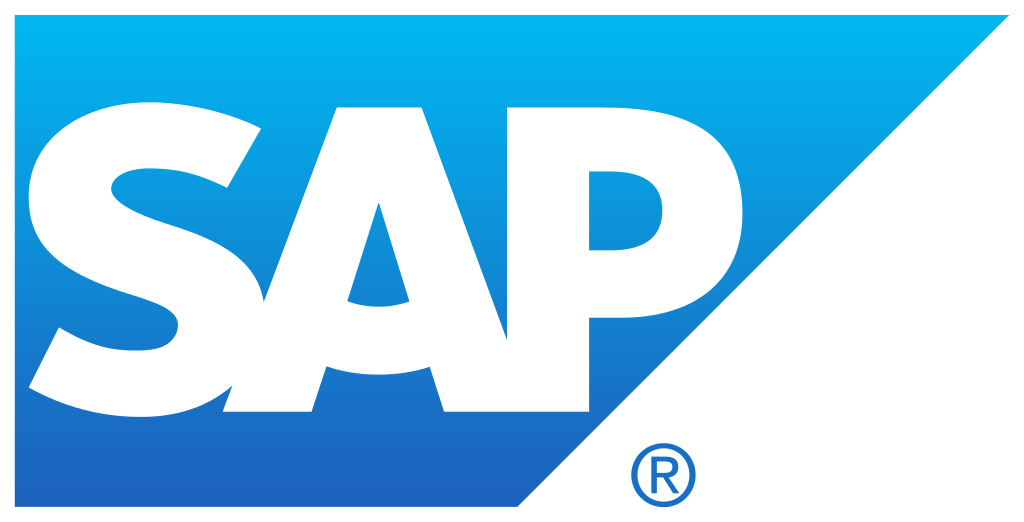
by twieberneit | Jun 28, 2024 | Blog, Case Study, Sponsored |
Zoho is well-known as a technology vendor for the SMB market. The company has products that support the whole range from single proprietors to larger companies. This range in itself is remarkable. For some time now, the company is diligently working on moving upmarket and to also support enterprises. This is not in the least, as with a growing customer base, more and more existing customers grow into the enterprise segment. The transition from SMB to enterprise is far from trivial. Sales models change, messaging, consulting approaches, support infrastructure, even the demand for the size and structure of the ecosystem are different in the enterprise sector. So, how does Zoho fare? To find out, I had a conversation with Parl Johnson, “Chief Nerd” at Nuvia Smiles. You can find our complete conversation on YouTube. Interview with Parl Johnson, Chief Nerd at Nuvia Smiles Nuvia Smiles is a dental implant company and currently has 1,500 Zoho seats. The company has more than 30 locations across the United States. Its specialty is to provide a 24-hour turnaround time to get permanent teeth into the patient’s mouth. This way, they do not have to wait long periods of time to get dental replacements. This requires a very rigorous process and having a lab at every location. Decision making is highly decentralized to support this fast process. The challenge with this degree of decentralization is that there are many disconnected applications and with that also very decentralized data. Nuvia Smiles identified 80 different applications with a scope of consolidation across the 30 locations. While this initially facilitates fast growth, it can become a...

by twieberneit | May 31, 2024 | Analysis, Blog, News |
The news On May 29, 2024, Salesforce reported its results for the first quarter of the fiscal year 2025. Highlights are a total quarterly revenue of $9.133bn US, resembling a year-over-year growth of 11 percent a current remaining performance obligation of $26.4bn US a remaining performance obligation of $53.9B US an operating margin of 18.7 percent. Diluted earnings per share of $1.56 The company reported a revenue guidance of $9.2bn – $9.25bn US for the next quarter and a full year guidance of $37.7bn – $38.0bn US, resembling growth rates of 7 – 8 percent and 8 – 9 percent, respectively. With these numbers, Salesforce ended up at the lower end of last quarter’s guidance on the revenue growth side while exceeding the earnings per share projection and slightly lowered the guidance for the fiscal year 2025. The result: The company’s share price dropped from $272 to bottom out at $212. The bigger picture Salesforce is the big gorilla in the CRM and CX industry. The company has surpassed SAP as the biggest business software vendor in the last 18 months. This is largely thanks to the extraordinary growth that Salesforce showed in the past years and secondly because of SAP’s still ongoing transition from an on-premises vendor to become a cloud vendor. All three, Microsoft, Oracle, and SAP report a higher cloud application growth. But then, the big games in town are generative AI and infrastructure. All of these companies, including Salesforce, are investing heavily in their own artificial intelligence capabilities in a race to provide superior business applications. Plus, several other ones, including Google and, specialist vendors....

by twieberneit | May 22, 2024 | Analysis, Blog, News |
The news Today, May 22 2024, SugarCRM and sales-i announced the acquisition of sales-i by SugarCRM. sales-i is leading provider of a revenue intelligence solution that helps businesses maximize their revenue and profitability. It targets at making sales professionals more efficient and effective by providing actionable insight into every customer, product and sale. The acquisition comes nearly a year after Sugar announced a partnership with sales-i to improve business-to-business (B2B) sales performance by delivering AI-powered revenue intelligence that leverages the data of a business’s enterprise resource planning (ERP) system and CRM. This combination provides businesses with actionable insights that improve sales, marketing, service and support, resulting in greater revenue and higher levels of retention. You can read the full announcement here. The combination of SugarCRM and sales-i combines the detailed transactional data residing in ERP systems with the rich sales data in SugarCRM. According to the release information, his shall create an intelligent data hub enabling customers to successfully execute impactful sales strategies to improv revenue, maximize profitability and increase customer satisfaction. In this combination, sales-i delivers the revenue intelligence, while SugarCRM delivers the CRM data; both of which are needed for a better sales enablement. Together, SugarCRM and sales-i intend to deliver the most innovative intelligent account management solution in the marketplace by utilizing leading edge sales enablement technologies provided by both companies and the rich revenue intelligence capabilities provided by sales-i. The bigger picture The market for CRM and CX solutions is crowded while only few vendors enjoy significant mindshare. And what is more, both terms, CRM and CX, get increasingly fuzzy as many vendors use them...

by twieberneit | Nov 6, 2023 | Analysis, Blog, News |
The News A lot is going on in the SAPverse during October and the early days of November 2023. First, SAP conducted its CXLive event with CX-related announcements, then the company reported good Q3/2023 figures, a new version of its CX software that includes new generative AI capabilities got released and lastly, it executed its SAP TechEd event with a good number of AI-, BTP-, and ERP related announcements. As this is quite a lot, let me focus on SAP CX in this post. I will cover the TechEd related parts in another post soon. During his keynote to SAP CX Live CEO Christian Klein named CX “a very critical part of SAP’s portfolio. There is no intelligent enterprise without CX”. This got later reaffirmed by Chief Marketing Officer for SAP’s industry and CX solutions, Sven Denecken, who said “SAP is very serious about customer experience. If you heard otherwise, that’s not true”. Why is this important? You’ll find out in the next section. The bigger picture Like every other company, too, SAP has jumped on the generative AI train. For some time now, we are hearing of a lot of announcements and available functionality. This includes an own co-pilot as well as an own foundation model that focuses on business data and business decisions. Focusing on CX, SAP announced the availability of a number of AI driven assistants that cover the whole chain from marketing through service but also lead into fulfillment. With all these, SAP is in tough competition. The company is not perceived as a CX leader, some people even doubt it being serious about CX at all and also question the company’s...

by twieberneit | Oct 19, 2023 | Analysis, Blog |
The news On October 4 and 5, 2023, SugarCRM held its Connected event followed by an analyst summit in London. The first day – Connected – was targeted mostly at customers while the second day focused on analysts. The event started off with an intense speech by Katherine Grainger, DBE, a British rowing champion. Her core messages were about team bonding, the importance of communication, continuous improvement, and perseverance (well, at least that’s my take). This was followed by information about what is new in the software and, more importantly, a customer panel. The main sponsor, Mobileforce, placed some words about the partnership. In addition, the analysts had 1:1s with customers, partners, and Sugar executives. The second day was filled with information targeted at analysts. CEO Craig Charlton and his executive team shared about financial status, strategy and more in-depth product news. Sugar being a privately held, VC backed company, the financials are of course under NDA, so it suffices to say that the company is not one of the biggest players but on a solid trajectory with high win and customer retention rates. According to Charlton, this can be attributed to the word “ease”, which later got confirmed via a marketing study related by CMO Clare Dorrian. Going forward, the continuation of this growth shall be supported by verticalization, a concentration on AI and a focus on the upper mid-market and lower enterprise market. This is based on the assessment that CRM can become an assistant to its users via the smart application of (generative) AI to “let the platform do the work” for the users. The industry strategy got explained by the...






